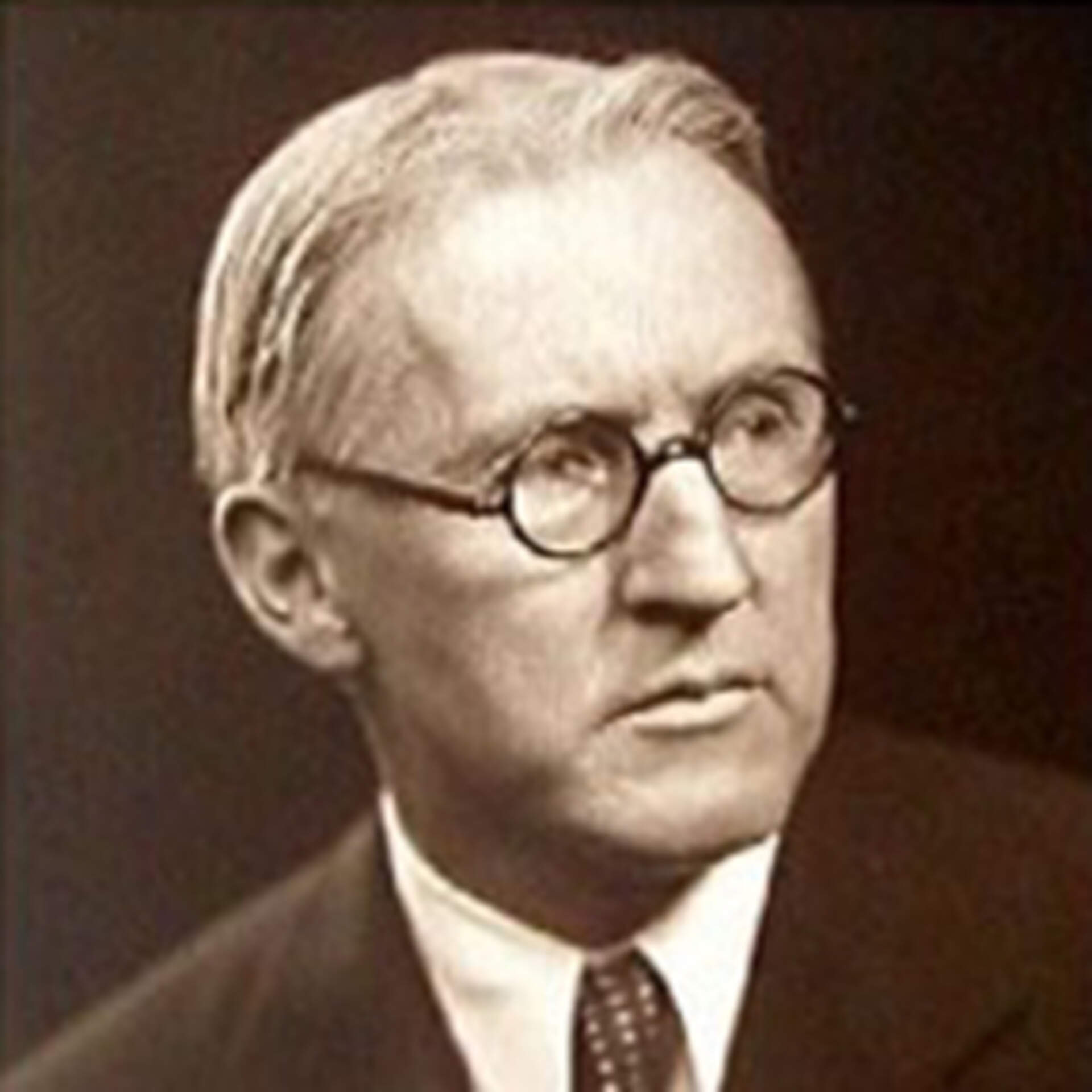Charles Livingston Bull
(1874-1932)
American
Born: West Walworth, New York, U.S.
Charles Livingston Bull was an American illustrator widely known for his depictions of wildlife. Born in West Walworth, N.Y. in 1874, he moved with his family to nearby Rochester, N.Y. as a youth. After his father discouraged him from pursuing a career in art, he turned instead to taxidermy, a craft which ironically proved to be a great influence on his later artistic production. While still a teenager he began working for Ward’s Museum of Natural History in Rochester, then accepted a position at the National Museum in Washington, D.C., in the early 1890s, during which time he also studied art at the Corcoran Gallery. A commission brought him to Buffalo for the 1901 Pan-American Exhibition; when he was done there, he and his wife Fannie Seymour returned to Rochester and then relocated to New York City.
Bull soon became an in-demand illustrator whose work appeared in the Saturday Evening Post, Ladies Home Journal, and Boy’s Life, among many other magazines, and in over 125 books, including those by such authors as Jack London, Frank Baum, and Rudyard Kipling. One of his best-known images, that of a leaping tiger, was commissioned in 1920 by Ringling Brothers Barnum & Bailey for a circus poster. In an era marked by improved color reproduction in publications, Bull was one of the best-known and most prolific wildlife artists of his day. Among the many younger artists influenced by his work was Charles Burchfield, who copied some of Bull’s illustrations while learning his craft.
A profile of Bull on the National Museum of Wildlife Art of the United States’ website aptly describes his style: “Bull's work shows strong elements of design, depicting the curvilinear elements of Art Nouveau and outlines to define shapes as seen in the Arts and Crafts movement. Along with many other artists of his time, he was influenced by Japanese prints. His works are generally flat and decorative with strong sinuous lines. Bull tightly cropped his compositions, creating a feeling of action and urgency.” [1]
Bull and his wife moved to Oradell, N.J., in 1910 and were known for the menagerie of animals they kept on their property (including peacocks, ducks, geese, turkeys, sheep, and fish) and a garden featuring rare plant varieties. Before his death on March 22, 1932, he was responsible for over 7000 drawings and paintings. The largest collection of his work is at the Glenbow Museum in Calgary, Alberta.
For more information on Charles Livingston Bull, see the Oradell Free Public Library’s extensive slideshow at http://oradell.bccls.org/bull/bullpresentation.html.
[1] National Museum of Wildlife Art of the United States, “Charles Livingston Bull,” http://www.wildlifeart.org/collection/artists/?artistid=307. (Accessed 4/15/2014)
